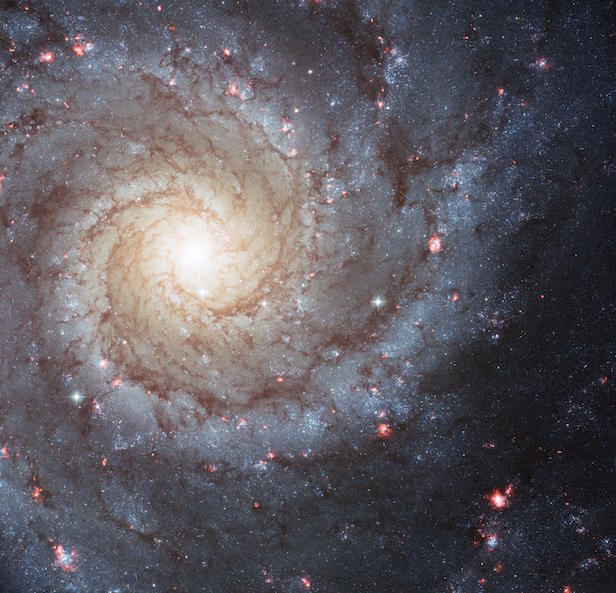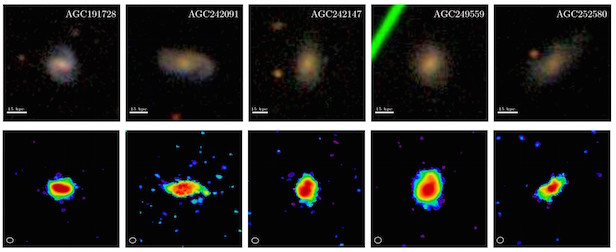Astronomers uncover more about the making of baby stars
By studying distant galaxies, astronomers could reveal the large amounts of atomic hydrogen and how it affects star formation

Hydrogen is the most abundant element in the universe, and it appears there are more hydrogen atoms than hydrogen molecules. Image credit: NASA/ESA/Hubble Heritage/Hubble Collaboration
Hydrogen, the most abundant element in the universe, is still not fully understood by astronomers. Although, this latest study has taken another step closer, as it showed that atomic hydrogen is much more integral for the birth of new stars than previously thought. Prior to this study, it was thought that molecular hydrogen – two hydrogen atoms – directly fuel star formation. This study shows that there is more atomic hydrogen than molecular hydrogen in young galaxies that are in the process of intense star formation.
“New stars are born in dense clouds of gas and dust that are found in most galaxies,” said astrophysicist Dr Luca Cortese of the University of Western Australia. “Our own Milky Way forms about one new star a year on average.” When astronomers observed the local Universe – the part of universe closest to us – they found seventy percent of the hydrogen gas is individual atoms, and the remainder is molecules.
This contradicts what astronomers were expecting to see when observing younger galaxies. As these galaxies are more distant, light takes a long time for it to reach us, which means we are observed at a younger age. Astronomers were expecting to see more molecular hydrogen in younger galaxies, but what they found instead was that atomic hydrogen makes up the majority in younger galaxies too.

Comparison of the stellar (top row) and the molecular hydrogen (bottom row) distribution in gas-rich galaxies, which are 3 billion years younger than the Milky Way. Image credit: SDSS/ALMA/ICRAR/L. Cortese
This research included studying galaxies with similar conditions to the ‘cosmic noon’, a period roughly seven billion years after the Big Bang where star formation was at it’s most intense. This was because Cortese said that in the last decade, astronomers have discovered many young, star-forming galaxies at cosmic noon. These galaxies had ten times more hydrogen molecules than the Milky Way. It was thought that with such a large source of molecular hydrogen, there would be small amounts of room left over for comparable amounts of cold atomic gas. However, this is just speculation as it is current impossible to detect hydrogen atoms at such large distances in an attempt to confirm or deny this idea.
So for this study, Cortese and his team observed a population of galaxies three billion years younger than the Milky Way. By using the Arecibo Observatory in Puerto Rico and the Atacama Large Milimeter/submilimeter Array in Chile, these galaxies were shown to include gas reservoirs at least as large as those expected at the cosmic noon. “What we found is that despite hosting 10 billion solar masses of molecular gas, these young galaxies turn out to be very, very rich in atomic hydrogen as well,” said Cortese. “The balance between atomic and molecular hydrogen is pretty much the same as in the Milky Way. In other words, it’s still dominated by atomic gas.”
Keep up to date with the latest reviews in All About Space – available every month for just £4.99. Alternatively you can subscribe here for a fraction of the price!




